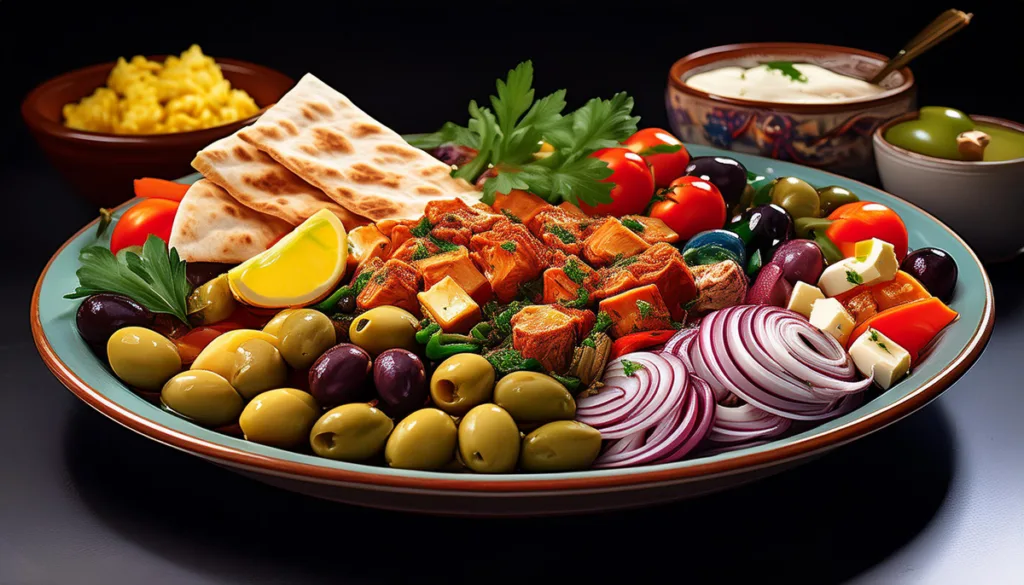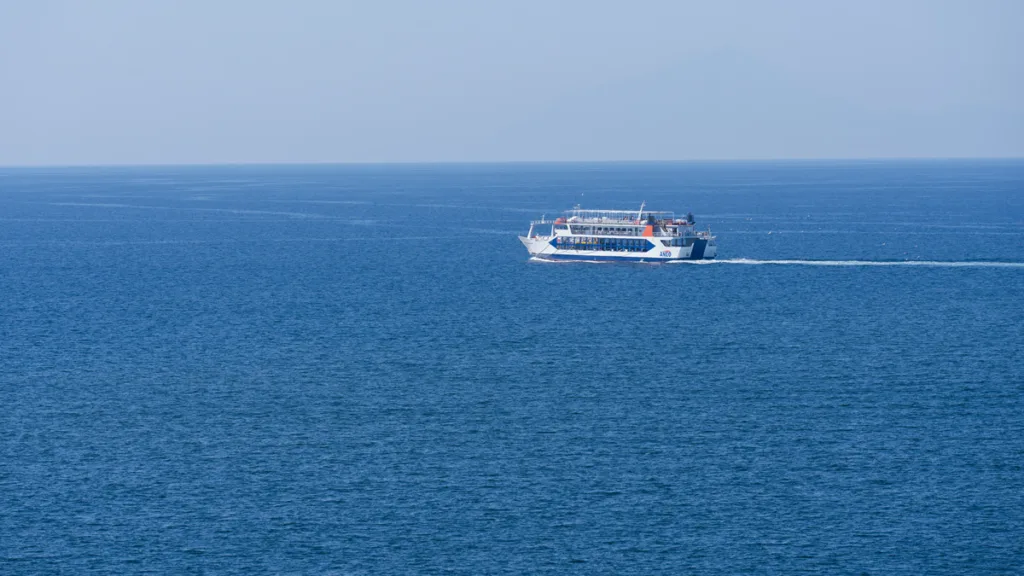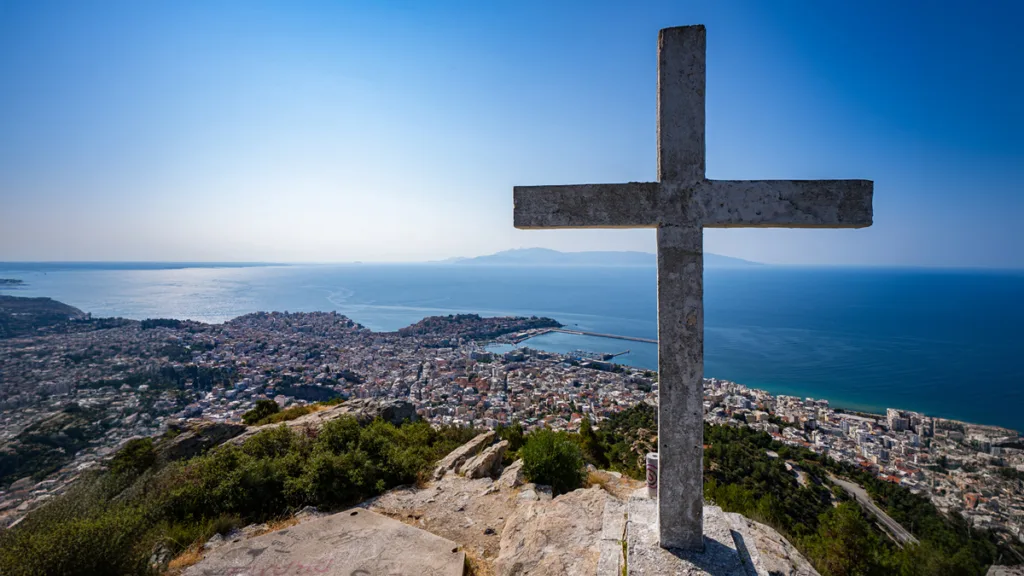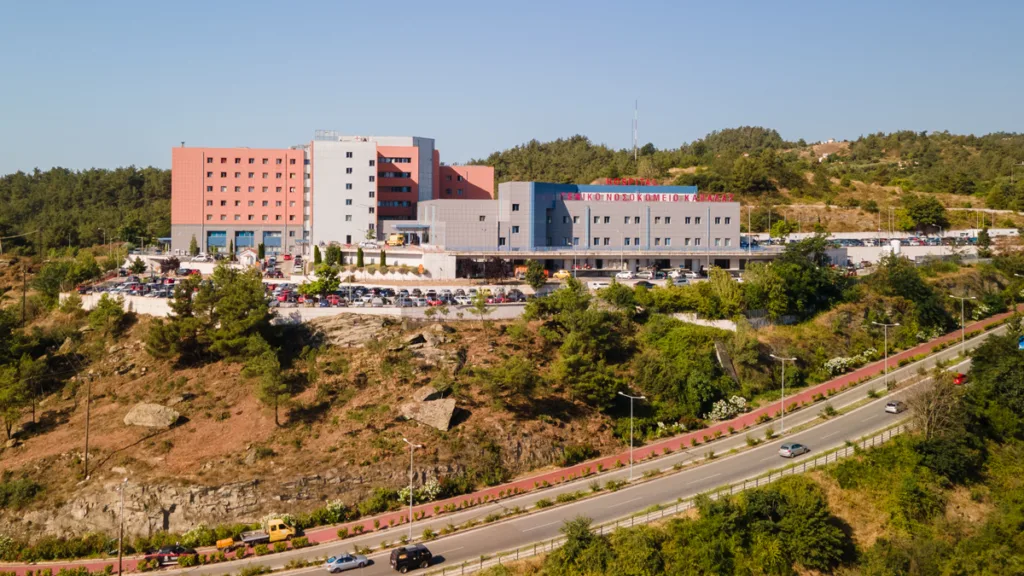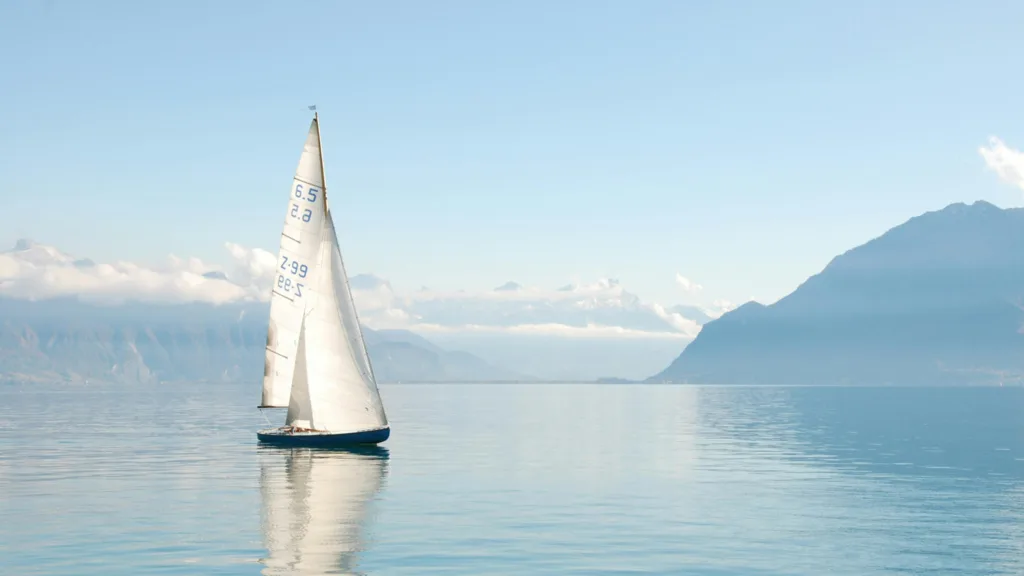10 best Attractions in Kavala
Must-See Sights
Kavala, a picturesque city in Northern Greece, blends rich history with natural beauty. One of its most notable landmarks is the Castle of Kavala, which provides breathtaking views of the city and the sea. Another key attraction is the Imaret, a beautifully preserved Ottoman building that reflects the city’s diverse cultural heritage. The Aqueduct, with its impressive arches, is a striking reminder of Kavala’s historical significance. Meanwhile, the house of Mehmet Ali, the birthplace of the founder of modern Egypt, offers a glimpse into the city’s past. Kavala’s scenic coastline, with its inviting beaches and stunning views, adds to the charm of this historic city, making it a perfect destination for travelers seeking both culture and relaxation.
1. The Castle of Kavala (Kavala Fortress)
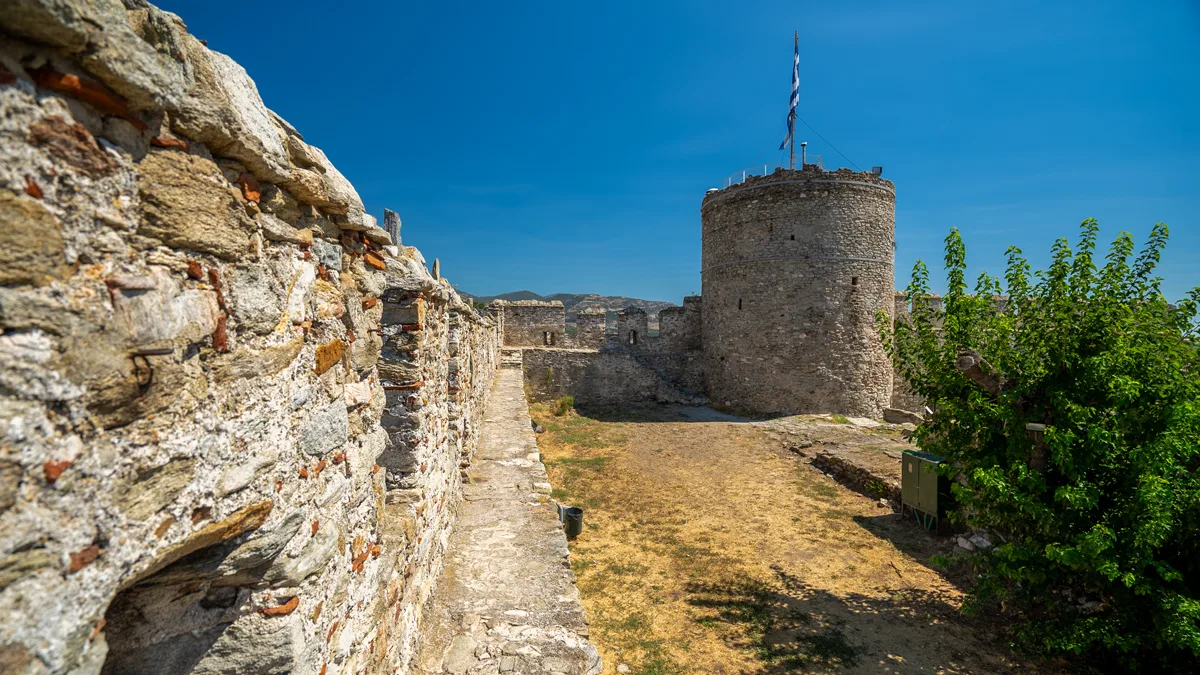
Location: GoogleMaps
Highlights: Panoramic views, ancient walls, towers
History: Built in the Byzantine era, expanded by the Ottomans
The Acropolis of Kavala, constructed in the early 15th century, is located at the top of the Panagia peninsula in the old town. Built on the remains of the Byzantine Acropolis of Christoupolis, destroyed in 1391, it incorporates elements from various historical periods, reflecting the influence of Byzantines, Venetians, and Ottomans. Visitors today can explore the central circular tower, which offers panoramic views of Kavala. There is an arsenal and food storage area, converted into a prison in the 18th century, a guardhouse, a cistern, and various other structures. The Acropolis, built with local granite, marble, and bricks, is divided into internal and external enclosures by a transverse wall, with the internal enclosure housing essential defense facilities. The external enclosure features one polygonal and two square towers, as well as a modern open-air theatre that hosts music events and theatrical performances. A cafeteria with a view of the theatre adds to the visitor experience.
Historically, Kavala has been fortified since the 5th century BC, with significant modifications made by various rulers, including Julian, Justinian, Basil Cladon, and Andronicos II Palaeologos. The Byzantine castle, destroyed in 1391, was rebuilt by the Ottomans in 1425. The defensive walls, reinforced by towers and bastions, enclosed an area of 13 hectares, and a 1.5 km long wall built by Andronicus II controlled the road from Macedonia to Thrace.
2. Imaret
Location: GoogleMaps
Highlights: Ottoman architecture, historical tours
History: Built in the early 19th century by Muhammad Ali Pasha
The Kavala Imaret, a külliye (Ottoman charitable foundation), was founded by Muhammad Ali Pasha in the early 19th century when Kavala was part of the Ottoman Empire. Located in the old town of Kavala, Greece, the Imaret has been functioning as a hotel since 2004 and is considered one of Kavala’s most significant landmarks and an important Ottoman monument in Greece. Built on pre-existing Byzantine walls in the Panagia peninsula, the Imaret was a gift from Muhammad Ali, a Kavala native who later became the ruler of Egypt. The complex included madrasas, a mekteb (Quranic primary school), an imaret (soup kitchen), a mesjid (teaching area), a water tank, and several other facilities for the town’s Muslim population. Initially serving educational, social, and religious purposes, the Imaret accepted students and travelers regardless of religion and offered secular education, reflecting Muhammad Ali’s modernization efforts. The Imaret housed rare Ottoman, Turkish, and Persian manuscripts, which were likely either stolen or moved to Egypt during the Greco-Turkish turmoil in the 1820s. Over time, its educational and charitable functions declined, with the school operating until 1902 and the kitchen until 1923. Following the departure of the Muslim population in 1922, the Imaret accommodated Greek refugees. Later, it became a museum, cafeteria, and restaurant before being leased to a private entrepreneur for restoration in 2001.
Anna Misirian spearheaded the restoration of the Imaret, which reopened as a luxury hotel in 2004. The renovation aimed to preserve the original structure and adapt it for modern use with minimal intervention. The Imaret now includes the MOHA research center, promoting intercultural understanding through the study of Islam and Mediterranean cultures. The preservation and reuse of the Imaret and Muhammad Ali’s house have been significant cultural diplomacy moves, recognizing and celebrating the Ottoman and Egyptian heritage as integral to Kavala’s history. The Imaret, a masterpiece of 19th-century Ottoman architecture, continues to symbolize the town’s cultural fusion and historical legacy.
3. Aqueduct (Kamares)
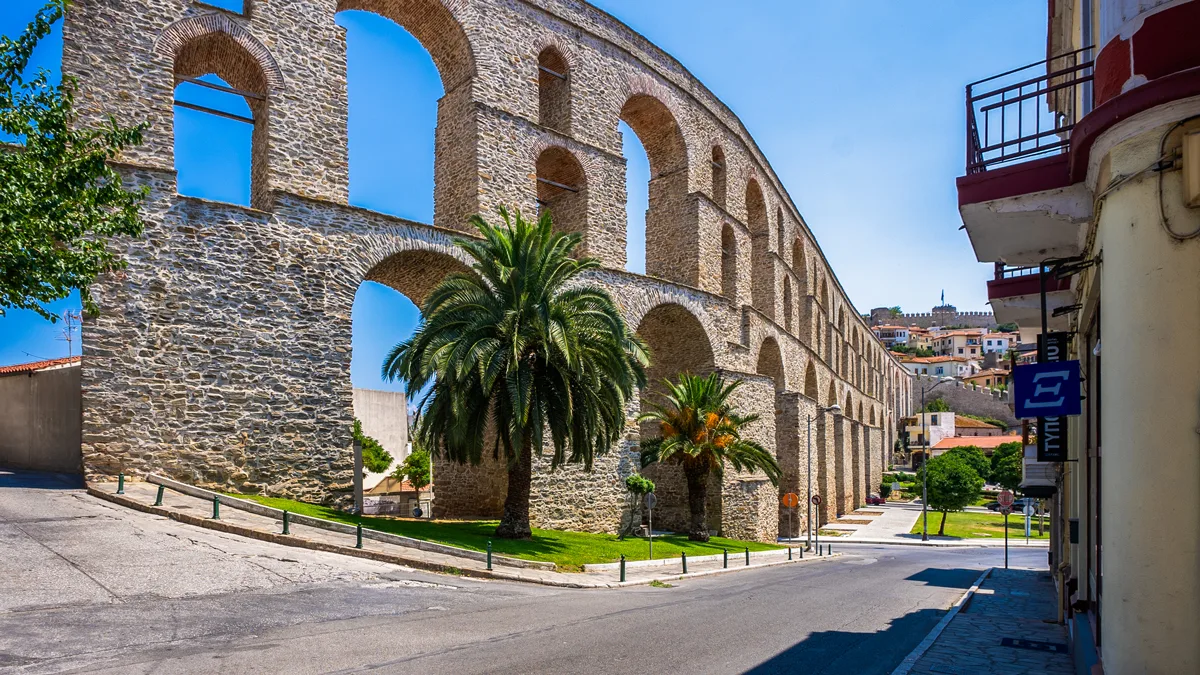
Location: GoogleMaps
Highlights: Impressive arches, historical significance
History: Built in the 16th century by the Ottomans
The Aqueduct of Kavala, also known as the Kamares, is a testament to the city’s rich history and architectural prowess. This well-preserved structure, spanning 270 meters in length and reaching a maximum height of 25 meters, symbolizes Kavala’s heritage. Its origins trace back to Roman engineering, evident from the coarse bricks in its foundations. In the 14th century, it was integrated into a Byzantine barrier wall that protected the city and controlled traffic. The current structure, built by the Ottomans in the 16th century under Suleiman the Magnificent, showcases majestic arches overseen by his vizier, Ibrahim Pasha. The aqueduct’s design reflects the ingenuity of Roman, Byzantine, and Ottoman architecture, blending elements from each era. Originally, it supplied water from the Pangaeus Mountains, ensuring a steady water supply to the city until the early 20th century. It channeled water into public fountains, buildings like the hammam, and private residences. Although it ceased to serve its original purpose in 1911, it remains a proud symbol of Kavala’s resilience and innovation. Today, the aqueduct is a must-visit landmark, offering photogenic views and scenic walks from the harbor through the old town up to the fortress, where panoramic views of Kavala can be enjoyed. The Aqueduct of Kavala is a remarkable testament to the city’s historical and architectural heritage, reflecting centuries of engineering ingenuity and cultural significance. Whether captivated by ancient architecture or simply enjoying scenic walks, the aqueduct’s majestic arches provide an unforgettable experience, leaving a lasting impression on any visitor. Plan your visit and immerse yourself in the timeless beauty of Kavala.
4. The House of Mehmet Ali
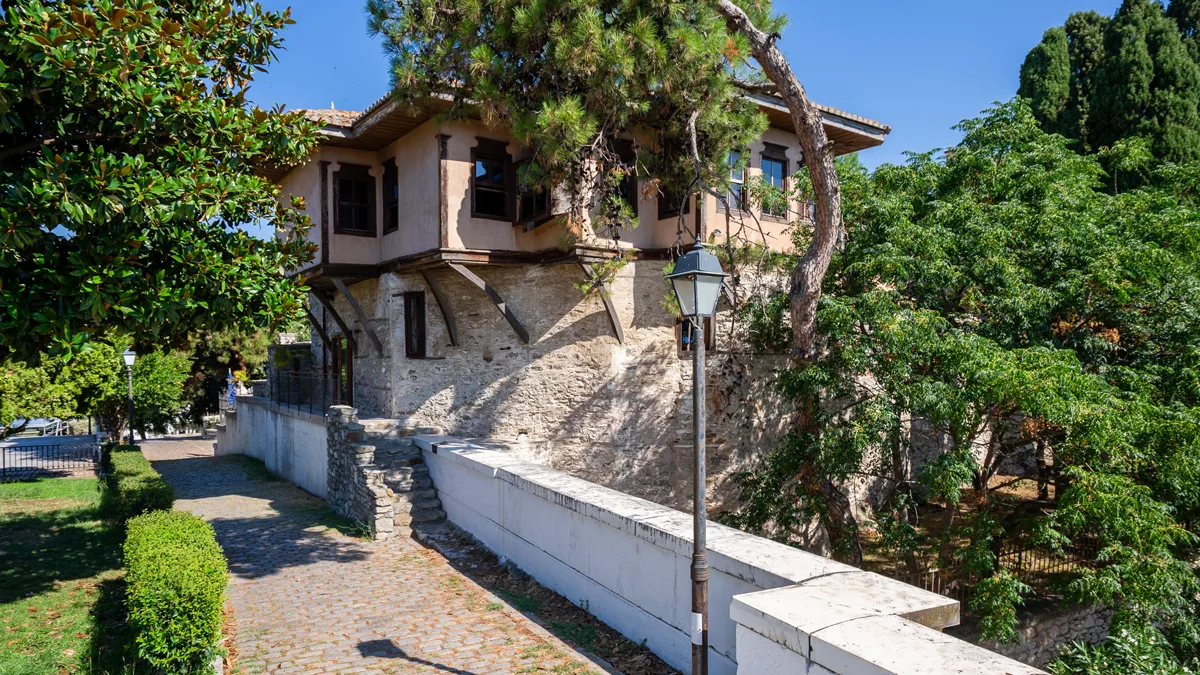
Location: GoogleMaps
Highlights: Museum exhibits, panoramic views
History: 18th-century mansion
In the Old Town Square of Kavala stands the birthplace of Mehmet Ali, founder of the last Egyptian dynasty. This Macedonian architecture house, known as the “Konak” Mehmet Ali, is a Wakf property of the Egyptian state. Built between 1780 and 1790, it covers 330 square meters and is a prime example of 18th-century Ottoman architecture. The house is divided into men’s quarters (“selamlik”) and women’s quarters (“haremlik”), offering panoramic views of the port and the gulf.
An equestrian statue of Mehmet Ali, created by Greek sculptor Dimitriadis in 1934, stands in the square. The house underwent renovations funded by the Egyptian state in the late 19th century. It is now administered by the Institute Mohammed Ali for the Research of Eastern Tradition (IMARET) and has been converted into a restaurant. The mansion, alongside the nearby lighthouse, remains a significant historical landmark, reflecting Kavala’s rich architectural heritage.
5. Archaeological Museum of Kavala
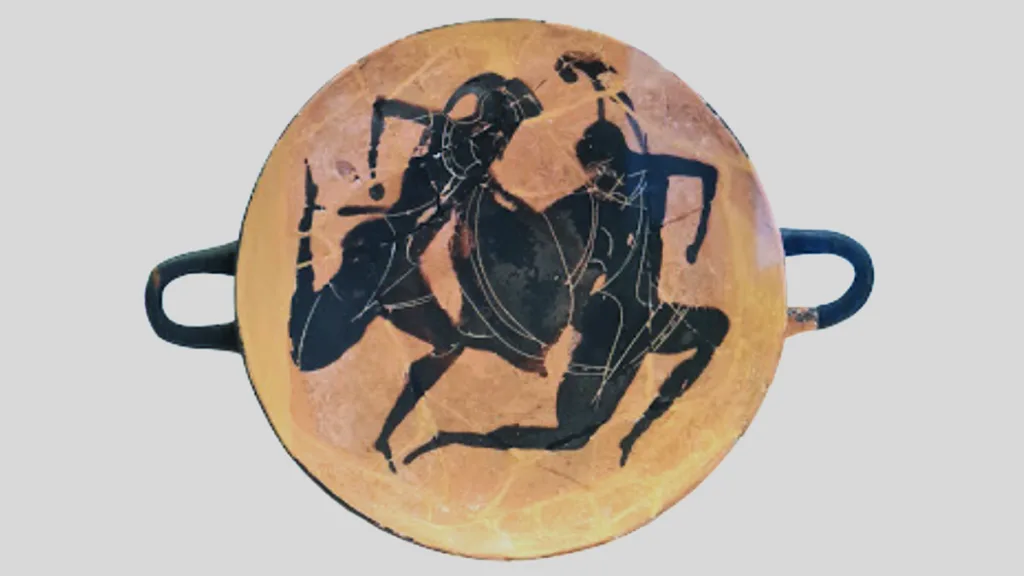
Location: GoogleMaps
Highlights: Artifacts from Neolithic to Roman periods
Exhibits: Pottery, sculptures, mosaics
The Archaeological Museum of Kavala, designed by architects Dimitrios Fatouros and Ioannis Triantafyllidis, has been open to the public since 1964. It showcases the history of Kavala and its surrounding region from its foundation in the 7th century BC (Neapolis) to the end of the Byzantine era (Christopolis). The museum is considered one of the most important archaeological museums in Eastern Macedonia and Greece.
Your tour begins with Neolithic artifacts from Dikili Tash and continues with the permanent exhibition titled “Neapolis – Christoupolis – Kavala,” highlighting the town’s diachronic presence through its monuments. A significant part of the museum is dedicated to the goddess Parthenos, the patron of Neapolis, featuring architectural parts from her sanctuary, including two impressive Ionic columns from the 5th century BC temple. Other notable exhibits include sculptures, coins, vases, and figurines dedicated to the goddess, as well as a miniature marble temple that might represent an earlier temple of Parthenos.
The museum’s collection spans various sites in the Kavala region, such as Neapolis, Amphipolis, Oisyme, Galypsos, Dikili Tash, Tragilos, Mesembria, Nikisiani, and Avdira, making it a key institution for understanding the area’s archaeological heritage.
6. Old Town (Panagia)
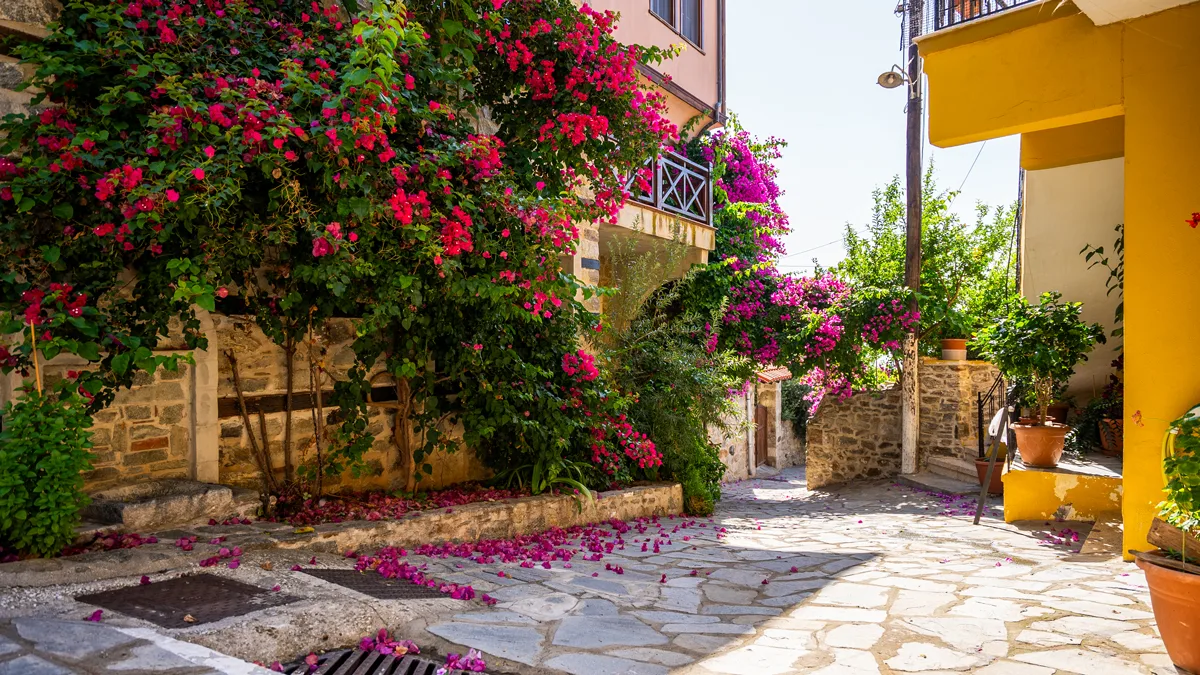
Location: GoogleMaps
Highlights: Traditional houses, historic sites
Activities: Walking tours, local artisan shops
A stroll through the Old Town of Kavala, also known as the district of Panagia, is a journey through cobbled lanes, historic sites, and scenic views. Starting at Karaoli Square, you can walk up Theodorou Poulidou Street, pass the Imaret and Mohammed Ali’s courtyard, and reach the church of Panagia, the Lighthouse, and the Fortress, enjoying breathtaking views along the way. The Old Town is filled with houses featuring wooden balconies, fragrant gardens, and charming courtyards, blending natural beauty with traditional taverns and historical monuments. Key landmarks include the Imaret, built in the early 19th century by Mohammed Ali, now a luxury hotel and a classic example of Islamic architecture. Mohammed Ali’s house, an 18th-century Ottoman mansion, now houses a museum and the Mohammed Ali Research Center. The Holy Church of the Assumption of Holy Mary, built on the site of a 15th-century monastery, and the Lighthouse, offering panoramic views of Thassos and Mount Athos, are also highlights. The Fortress of Kavala, a significant historical monument, dominates the Old Town. Built in the 15th century, it features a central circular tower, ammunition and food stores, and accommodation for officers. Descending from the Fortress, you encounter the Kamares, a 16th-century aqueduct and one of Kavala’s most famous monuments, marking the border between the Old and New Town.
The Old Town, with its preserved architecture and historic sites like the house of Mohammed Ali and the Halil Bey Mosque, offers a rich cultural experience. Visitors can explore by foot, car, or the municipal mini-train, ensuring easy access to all its charming and historical attractions.
7. The Tobacco Museum
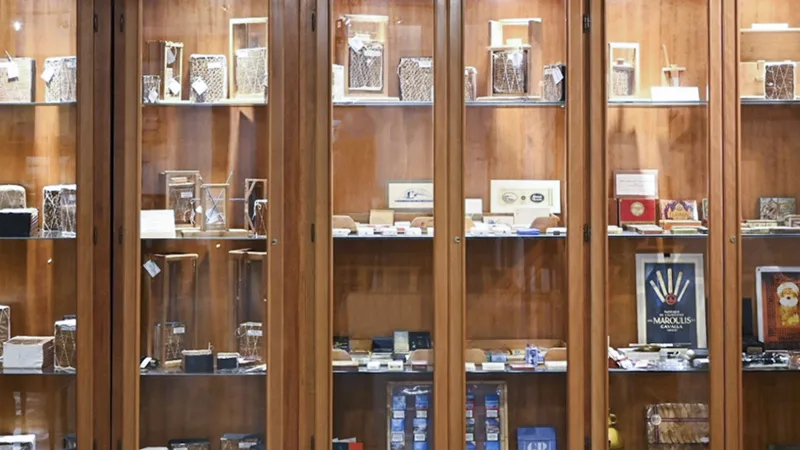
Location: GoogleMaps
Highlights: History of tobacco industry
Exhibits: Cultivation, processing, trade artifacts
The Tobacco Museum in Kavala is a modern industrial and experiential museum with a diverse range of exhibits. It is a thematic museum that features artifacts and archival materials related to the cultivation and production of tobacco, including its agricultural and commercial processing, industrial tobacco products, and samples of various tobaccos. The museum’s uniqueness lies in its focus on the processing of Oriental tobaccos, an exhibition not found in any other museum worldwide. It also highlights the economic and social history and the history of technology in Kavala and the broader region of Eastern Macedonia and Thrace. The museum’s rich collection includes tools for growing tobacco, commercial processing machines, photographs, rare documents (such as those from the Ottoman tobacco monopoly, the Régie), association statutes, bank documents, books on tobacco, publications from the Greek Tobacco Organization, the archive of the Tobacco Merchants Association, private documents, tobacco maps and blueprints, and furniture of tobacco merchants. Currently, the museum is temporarily housed on the ground floor of the National Tobacco Association building, an industrial structure built between 1957 and 1962.
8. The Municipality Tobacco Warehouse
Location: GoogleMaps
Highlights: Cultural center, exhibitions
History: Former industrial building
The study aims to create a comprehensive register of tobacco warehouses and record relevant town-planning, traffic, and urban data. It will collect testimonies and scientific papers to understand the cultural value of these warehouses, identify successful case studies on industrial building revitalization, and investigate the legal framework for restoration efforts. The study will establish fundamental principles for interventions, describe proposed scenarios and tasks, search for funding tools, and draw a business plan for a single tobacco warehouse. Additionally, it will identify an administrative body to manage the restoration and reuse. The project aims to protect and highlight the city’s modern historical monuments, improve quality of life, and boost local financial activities by focusing on the valorization of the warehouses. It will encourage collective planning, prevent building downgrading and abandonment, highlight city needs, attract new investments, and enhance the city’s distinct identity.
9. Halil Bey Mosque
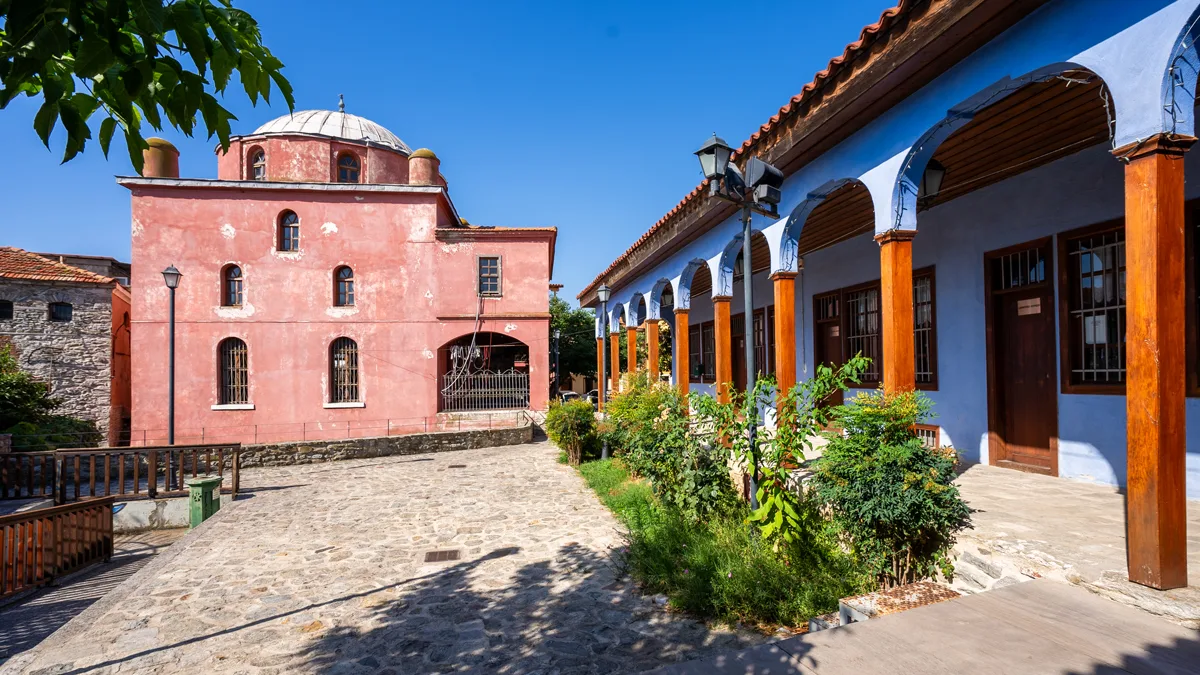
Location: GoogleMaps
Highlights: Ottoman architecture, historical significance
History: Built in the 16th century by Halil Bey
The Halil Bey Mosque (Greek: Τζαμί Χαλίλ Μπέη, from Turkish: Halil Bey Camii) is a historical Ottoman-era mosque located in the town of Kavala, Eastern Macedonia and Thrace, Greece. Built around the 1530s, it stands near the old fortress on the small peninsula in the port. The mosque is notable for being the second largest in Kavala and was constructed on the site of a Byzantine church dedicated to Saint Paraskevi, whose remains are visible through the mosque’s glass floor. This practice of building mosques on church sites was common during Ottoman rule.
In the early 20th century, the mosque complex included a girls’ primary school. Between 1930 and 1940, it housed the Municipality’s philharmonic orchestra, earning the nickname “Music Mosque” or “Palia Mousiki,” meaning Old Music. The minaret of the mosque was removed in the 1950s. Extensive restoration work by the Ephorate of Antiquities and the Municipality of Kavala has transformed the mosque into a museum and event space. The adjacent madrasa, which has eight rooms for students, is well-preserved and now hosts folklore collections, social services, and the cultural association “To Kastro” of the Panagia district. Visitors to the Halil Bey Mosque can explore its rich history and architecture, witnessing the layers of cultural transformation from a Byzantine church to an Ottoman mosque. The mosque’s central location makes it a key historical site in Kavala, reflecting the region’s diverse past and cultural heritage.
10. Via Egnatia
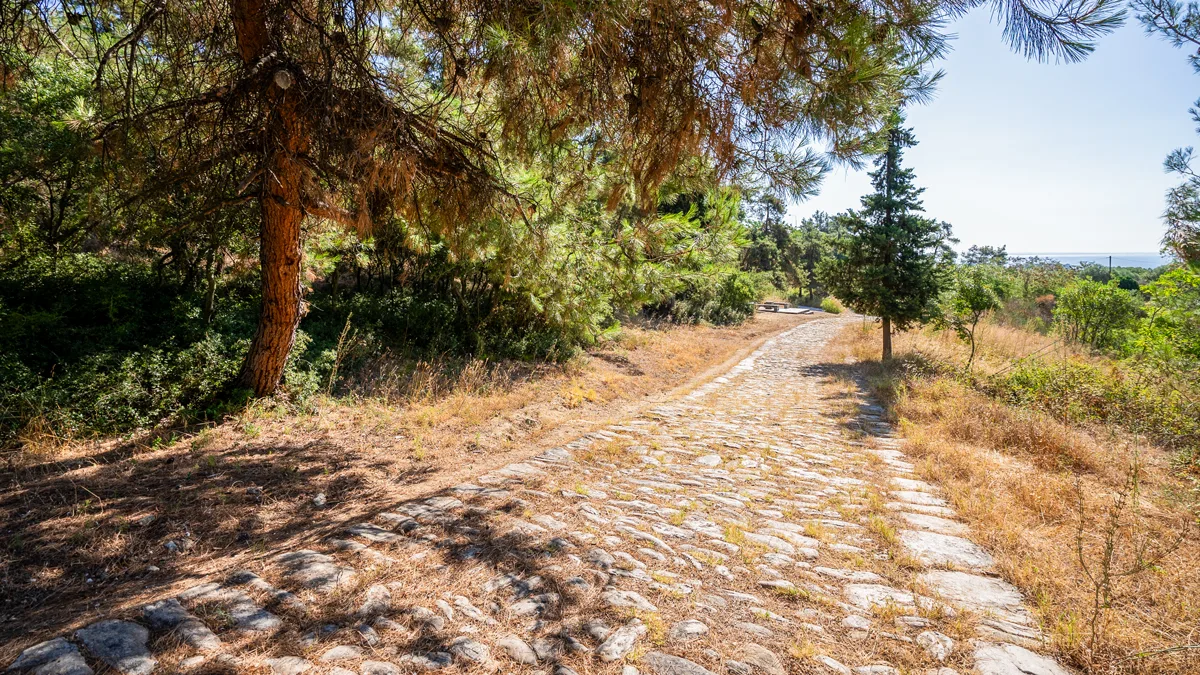
Location: GoogleMaps
Highlights: Ancient Roman road, historical significance, picturesque route
History: Constructed by the Romans in the 2nd century BC
The Via Egnatia, an ancient Roman road, stretches over 1000 km from Durrës in Albania through North Macedonia and Greece to Istanbul, Turkey. Built between 146 and 120 BC, it connected Rome to Istanbul and facilitated trade and military movements. The road traversed modern Albania, North Macedonia, Greece, and Turkey, starting in Durrës and passing through Thessaloniki before reaching Istanbul. Historically significant, the Via Egnatia housed horse-changing stations every 15 km and rest stops every 40 km, evolving into settlements like Thessaloniki. Used by Apostle Paul and Roman armies, it was vital for military and trade purposes. Emperor Trajan conducted repairs before his Parthian campaign, but the road declined by the 5th century due to political instability. In Byzantine times, the road remained crucial for trade and was used by Crusaders and Ottoman invaders. Procopius of Caesarea noted repairs by Emperor Justinian I in the 6th century. The road, known as “sol kol” in Ottoman times, was part of overland trade routes.
Today, remnants of Via Egnatia are found mainly in Albania and Greece. It is part of pilgrimage routes to Jerusalem and the old Silk Road. Visitors can enjoy scenic landscapes and excellent beaches near Asprovalta, Kavala, and Alexandroupolis along the route.
Conclusion of 10 best Attractions in Kavala
Kavala beautifully blends ancient history with modern attractions, making it a must-visit destination in northern Greece. Whether you’re exploring ancient ruins, enjoying the beaches, or delving into the city’s rich cultural heritage, Kavala promises an unforgettable experience for every traveler.
Greek Food Culture
The history of Greek food culture Greek Food Culture: An Overview History: One of the…
Ferries
Kavala ferries Explore Greece by Sea Starting Point: Kavala, a charming port city in northern…
Car Rental
Car Rental Kavala Convenient Car Rentals Introduction Hey there, wanderlusters! Ever thought about exploring Kavala,…
Faith and Religion
Faith and Religion in Greece Welcome to an exploration of the diverse and vibrant religious…
Hospitals
Hospitals Kavala Quality Medical Care The Essentials at a Glance Main Hospital: General Hospital in…
Sailing
Discover Sailing in Kavala Adventure on the Aegean Sea Kavala, often hailed as a hidden…
Nudist Beaches
Nudist Beaches Kavala Top Naturist Destinations If you’re searching for serene and secluded spots to…
Martial Arts
Martial Arts in Kavala Discover Your Perfect School The Most Important in a Nutshell Diverse…
Sex Work Greece
Sex Work Greece the Legal and Social Landscape The Most Important in a Nutshell Sex…

